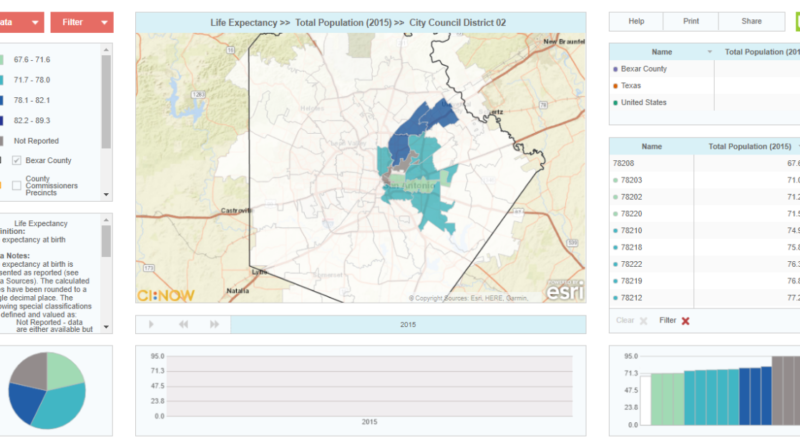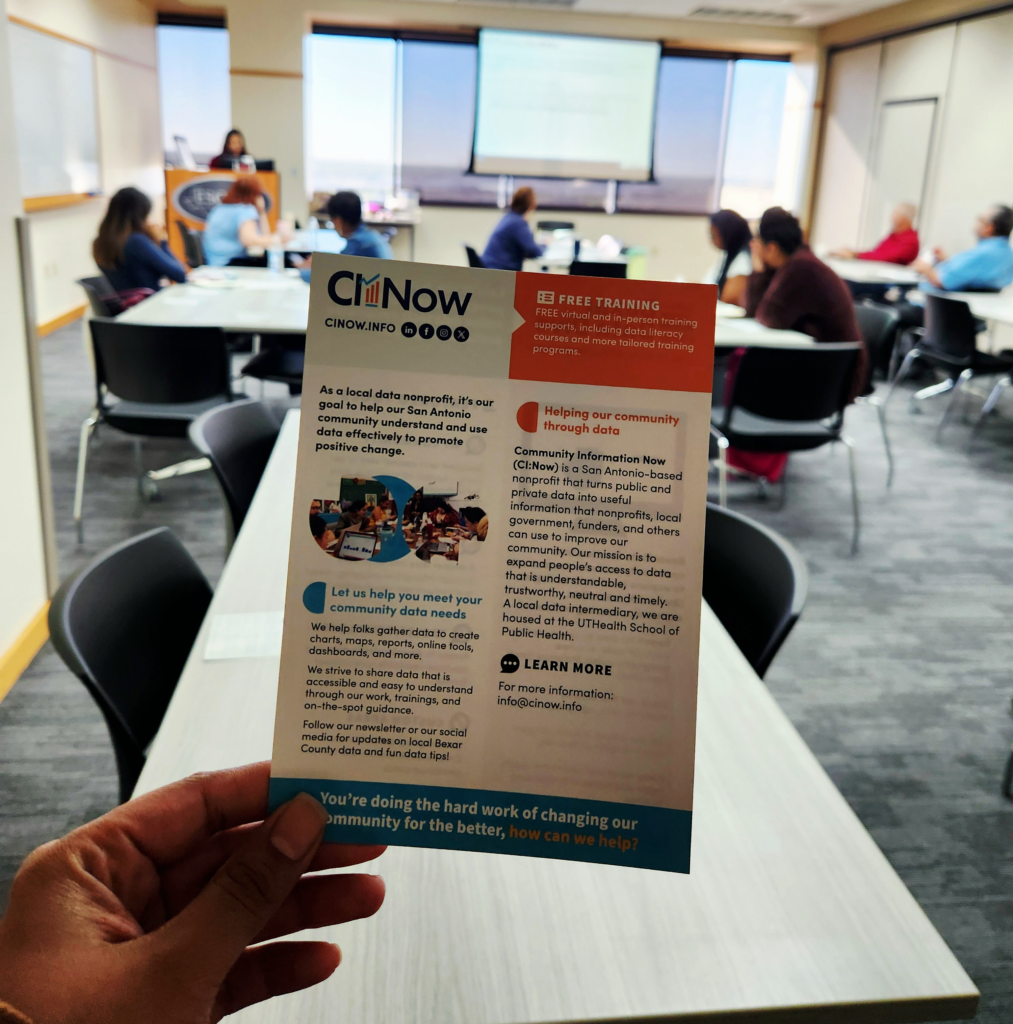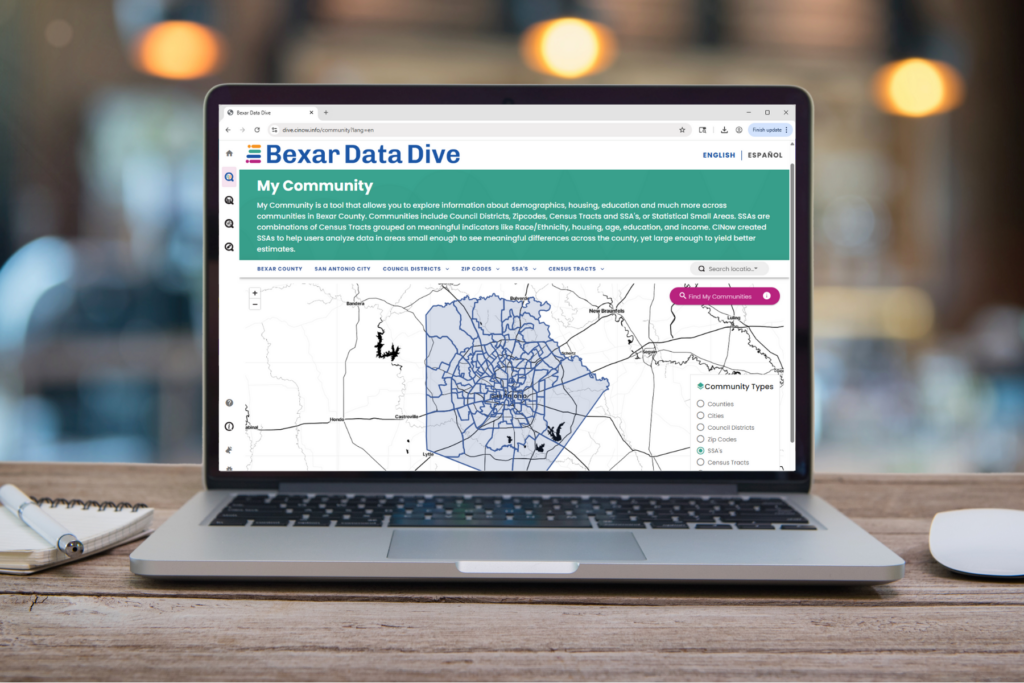The June 2021 release of the Viz-a-lyzer, which shows trended data for area ZIP codes, Bexar Co., and Texas, adds a new indicator for life expectancy. The image above, filtered for ZIP codes that overlap San Antonio City Council District 2, shows average life expectancy ranging from 67.6 in 78208 to 80.1 in 78209. (For life expectancy by Census Tract, visit our SomosNeighbors.com site.)
This release also adds a new year of data to a number of frequently-used indicators:
- Population: total, by age, by sex, and by race/ethnicity
- Educational attainment
- Income: median income, poverty, and Gini Index (income inequality)
- Employment: Labor force participation and unemployment
- Military: active-duty and veterans
- Housing: multi-family units, affordability, and vacancy
- Residential mobility
- Youth not in school and not working
- Disability
- Health insurance
View the June 2021 Release Notes to see the latest updates, additions, and improvements. For more information about how to use the Viz-a-lyzer, visit cinow.info/viz-a-lyzer/.




